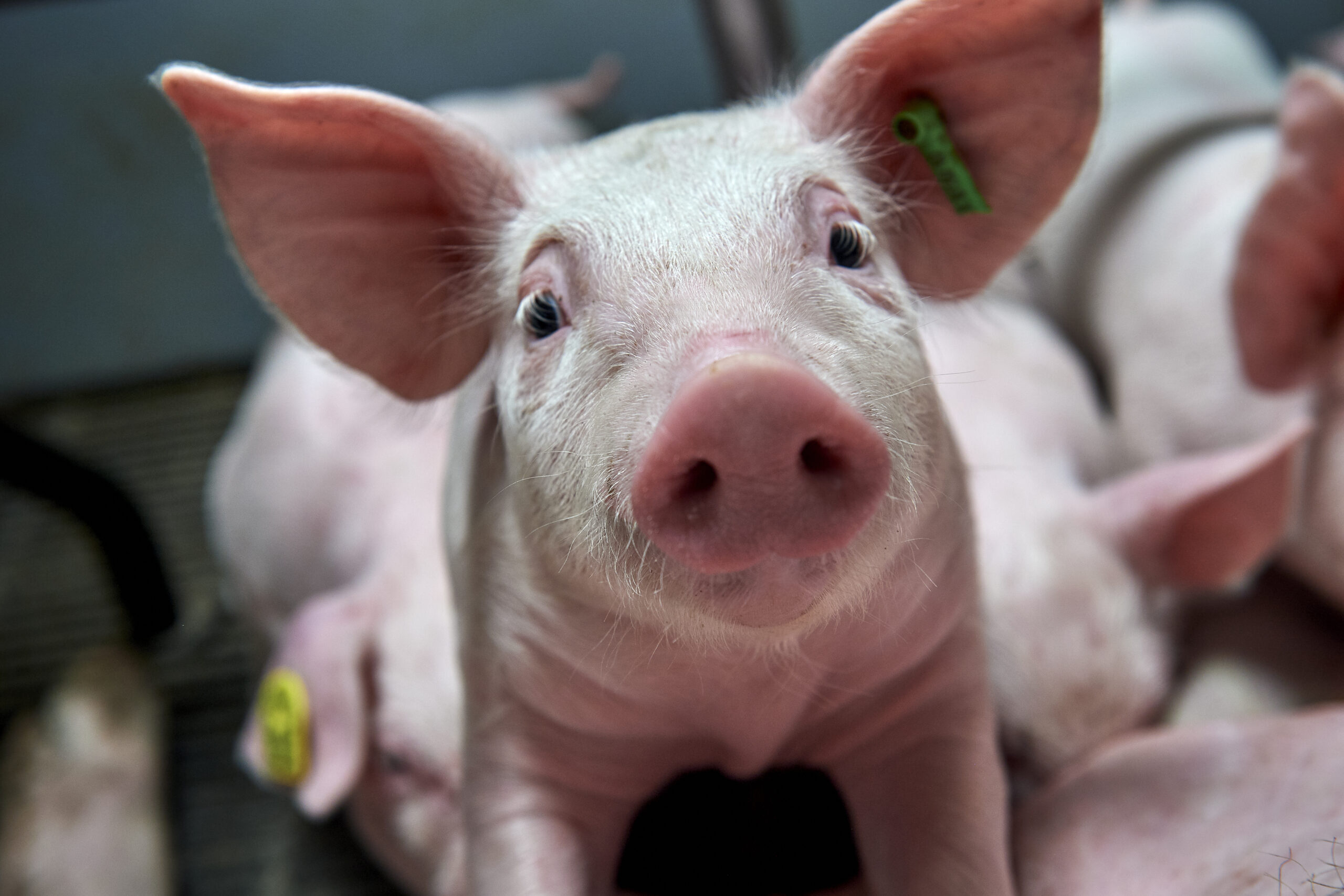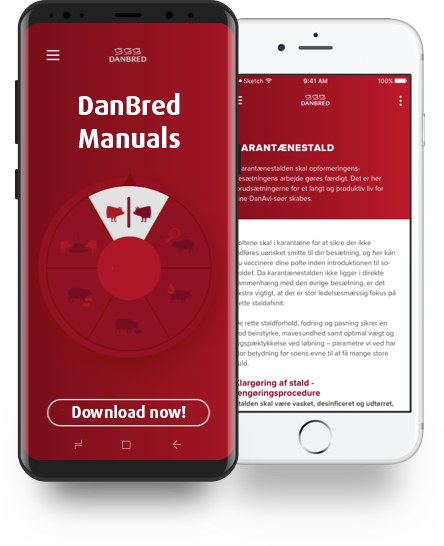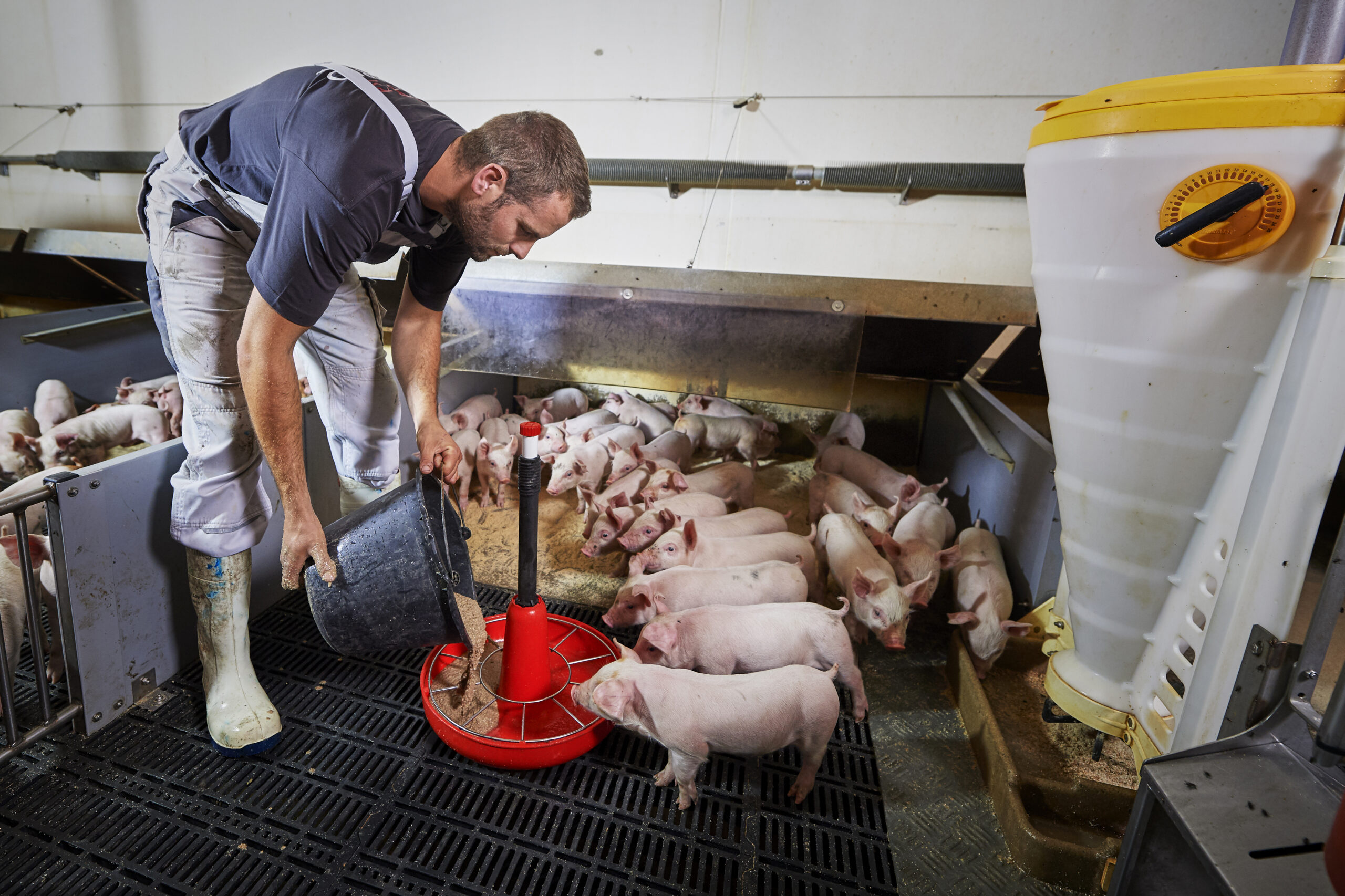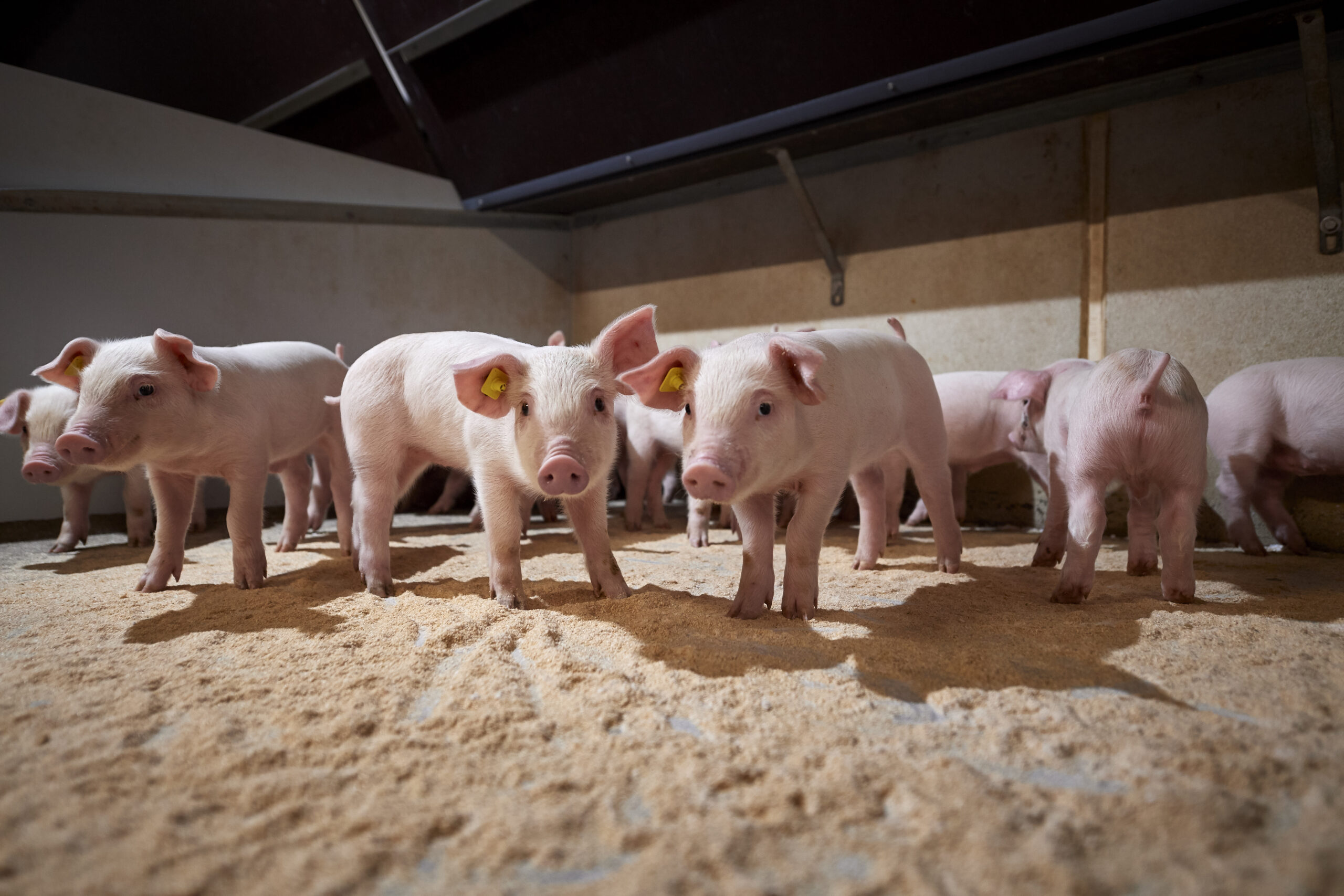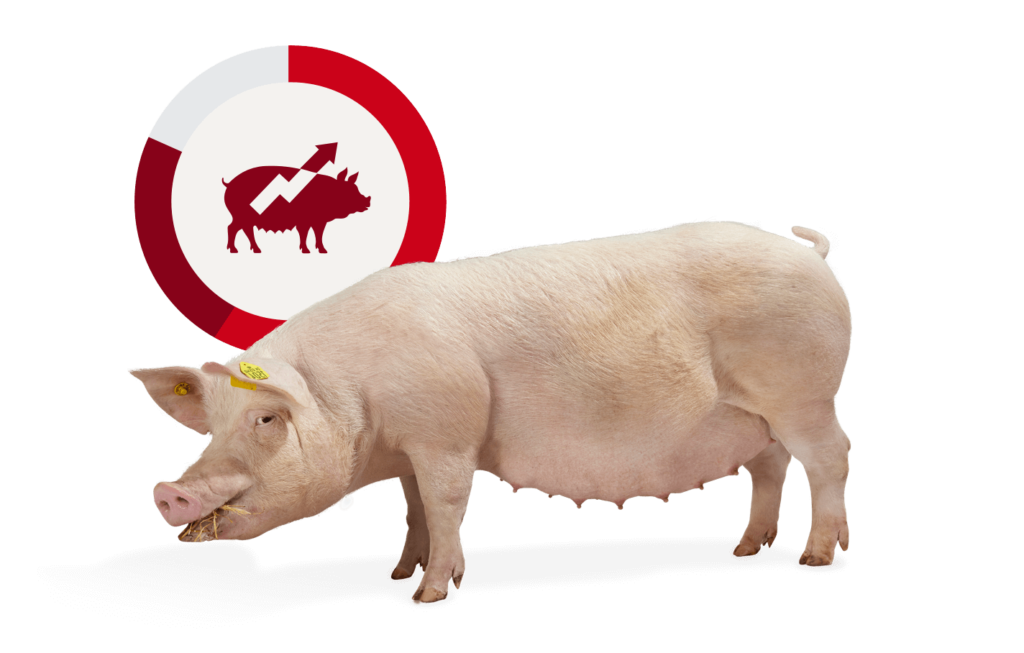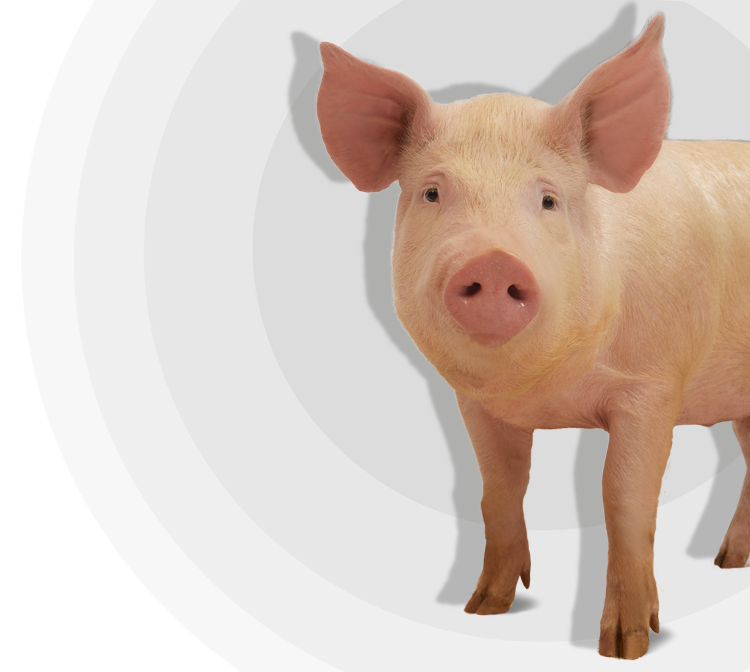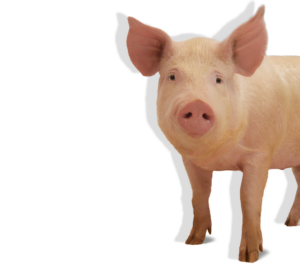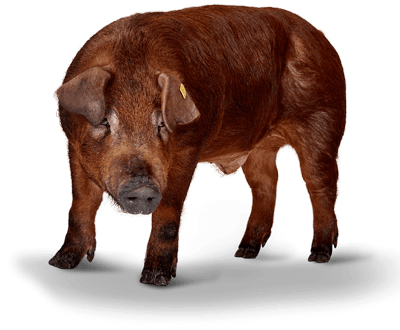Spring has passed and summer is here. In many regions around the world, e.g., southern Europe, North America, and tropical locations, heat stress in pig production is a serious problem this time of year.
In 2022, at least 22 countries worldwide recorded maximum temperatures of 50°C or above. This year, the temperatures are predicted to rise even higher, meaning that heat stress’ impact on pig production will likely be amplified. We know that pigs are more sensitive to heat stress than other animals, as they have a limited amount of functional sweat glands, so we need to support them to cool down as they are not really able to sweat.
Heat stress’ consequences for pig production include reduced growth rate of grower/finisher pigs, increased mortality and morbidity rate, seasonal infertility in sows, and reduced feed intake in sows, just to name a few. Over the years, these effects have caused massive economic losses for pig producers worldwide. However, the impacts can be minimised with these five practical management approaches, while your animals’ full potential is still reached.
1. Ensure good ventilation and cooling system
Evaporative cooling or other cooling systems, i.e., high-pressure fogging system, sprinklers, fans, and related equipment, must be cleaned and be in good function. If possible, use cool water for the cooling systems. Temperature, ventilation rate, air speed, relative humidity, and other relevant factors should be adjusted to meet the pigs’ thermoneutral zone.
2. Provide sufficient amounts of clean and cool water.
Water is the most important nutrient for pigs and cool water helps reduce the pig’s internal temperature. Moreover, water intake is closely related to feed intake. Therefore, ensuring high water intake can help maintain high feed intake during the summer.
Make sure your pigs drink enough water according to their age and production cycle, as shown in Table 1. Providing extra water in the pigs’ feeding trough – especially pre-farrowing as well as for lactating sows and finishers – can be beneficial to minimise the consequences of heat stress and can stimulate feed intake.
Table 1. Water requirements of pigs [1] [4].
| Group of animals | Water requirements (L/day) | Flow rate (L/min) |
| Lactating sows | 35-50 | 4 |
| Boars | 8-10 | 1 |
| Gestating sows | 12-20 | 1 |
| Finisher pigs, 45-100 kg | 6-10 | 0.8-1.2 |
| Grower pigs, 15-45 kg | 4-8 | 1 |
| Weaners | 1-5 | 0.5-0.8 |
| Piglets (including sow milk) | 1-2 | – |
3. Minimise activities during the hottest period of the day
I.e., feeding, insemination, moving animals in the stables, or transport between units, farms and to slaughterhouses.
4. Focus on the nutrients and feed composition
Aside from optimising the environment for pigs as mentioned above, nutrition adaptation can reduce the consequences of heat stress. Protein, fibre, fat, and amino acids should be adjusted to reduce the ‘thermal effect of feed’ – but without compromising performances.
Specific feed additives, such as betaine, could be an alternative to minimise the effects of heat stress via the sow’s feed. If you have working boars, antioxidant supplements can improve semen quality during times of higher temperatures.
The timing of feed delivery is highly crucial – avoid feeding during the hottest time of the day (10:00 – 15:00) – and remember to ensure fresh feed and good hygiene at all times.
5. Choose robust animals for your herd
DanBred sows have a good appetite, and they produce many vital and robust weaners, resulting in robust finishers with superior finisher traits. In June 2022, DanBred updated the breeding goal to focus even more on increased survivability in piglets. In only one year, we have seen a huge progress in piglet survival for DanBred Duroc, DanBred Yorkshire and DanBred Landrace.
References
[1] Eskildsen, M. and Weber, A.V., 2016. Pig production, SEGES publishing. Page 198-203.
[2] Heat stress in pig. https://www.agric.wa.gov.au/feeding-nutrition/heat-stress-pigs
[3] Liu. F. et al., 2022. Review: What have we learned about the effects of heat stress on the pig industry? Animal, Volume 12, Supplement 2, June 2022, 100349.
[4] Water: the forgotten nutrient for pigs. https://www.agric.wa.gov.au/water/water-forgotten-nutrient-pigs

